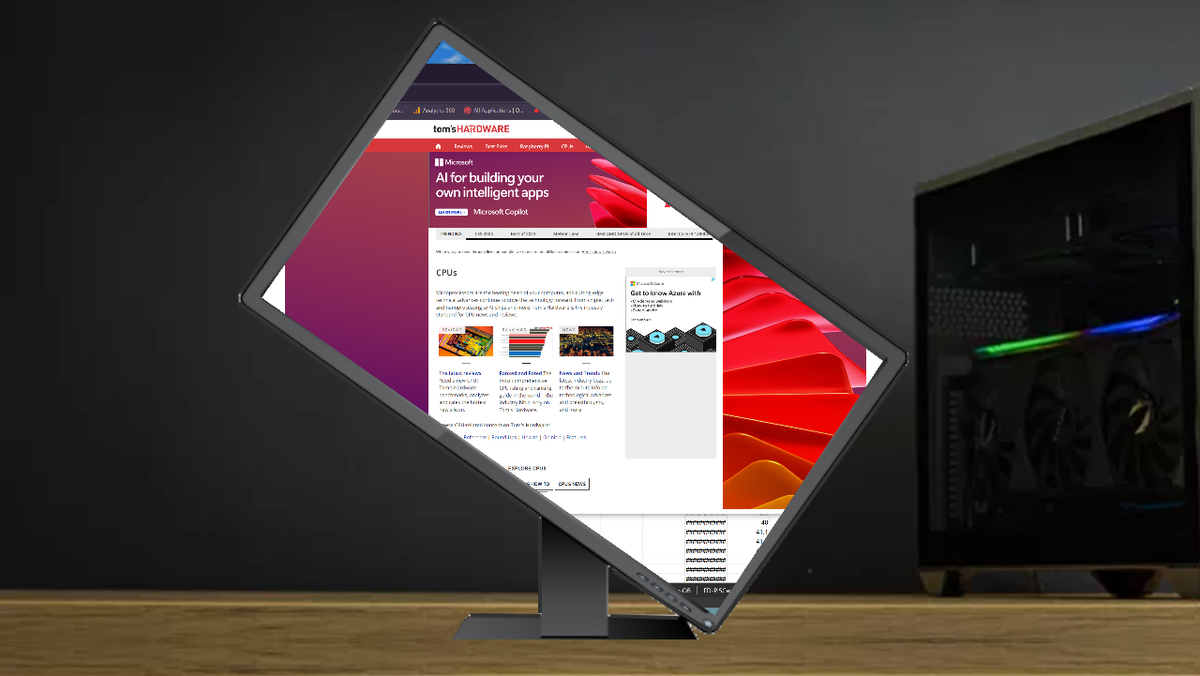- cross-posted to:
- technology@lemmy.world
- cross-posted to:
- technology@lemmy.world
Not sure I could ever live with that - anyone able to test if multi monitors works?
I swear to fucking Stallman, this is at least the fourth time this past week I’ve seen a unique post about this same fucking shit. One dude writes an article going “xrandr let’s you rotate the screen 22 degrees” and the holiday tech news cycle just loses its mind.
We just need round monitors so the dimensions don’t change when rotating the display.

And a gyroscope to rotate the image so it doesn’t rotate when rotating the display.
I can’t even get my second screen to turn on with Linux mint.
Would be interesting to see a gui that maximizes the content based on rotation if that were even possible
Why would I need a Dutch angle monitor?
For correcting Dutch Angle video… Obviously.
requires xrandr
Cries in wayland…
Iirc Wayland as a protocol supports rotation of Window surfaces. I’m not sure if any of the compositors have exposed it as an option. Maybe Weston
Wayfire has a plugin to rotate windows.
The single use case I can think of are isometric games.
The use case I see is screens mounted on something that moves.
It’s easy with accelerometers to know the orientation, so you can display things on something that in its whole or has parts that move in an additive way.
Imagine an movie screening with the screen mounted on a float in the ocean.
The float moves with the waves. You can stabilize the image of the movie to be still while the screen itself tilts.
Something like this, but then with a direct screen instead of a projected one.
Another use case would be applying this to smartwatches or other displays like that.
You could make the output of the screen always be perfectly aligned with your line of sight rather than have it tilted at an angle parallel with your arm.
I think most people would just use media server software like pixera, d3, touchdesigner etc to accomplish playback of video on a moving surface with feedback sensors.
It’s established tech, plenty of integrations, and most companies that are able to deliver something like this aren’t a linux-first type of company.
If it was for an installation, something bespoke might be made using Linux. But the cost of touchdesigner and a suitable computer are tiny compared to doing this using Linux and then supporting and documenting it (especially considering how widespread skills in touchdesigner/pixera/d3 are in the industry Vs more esoteric Linux skills)









